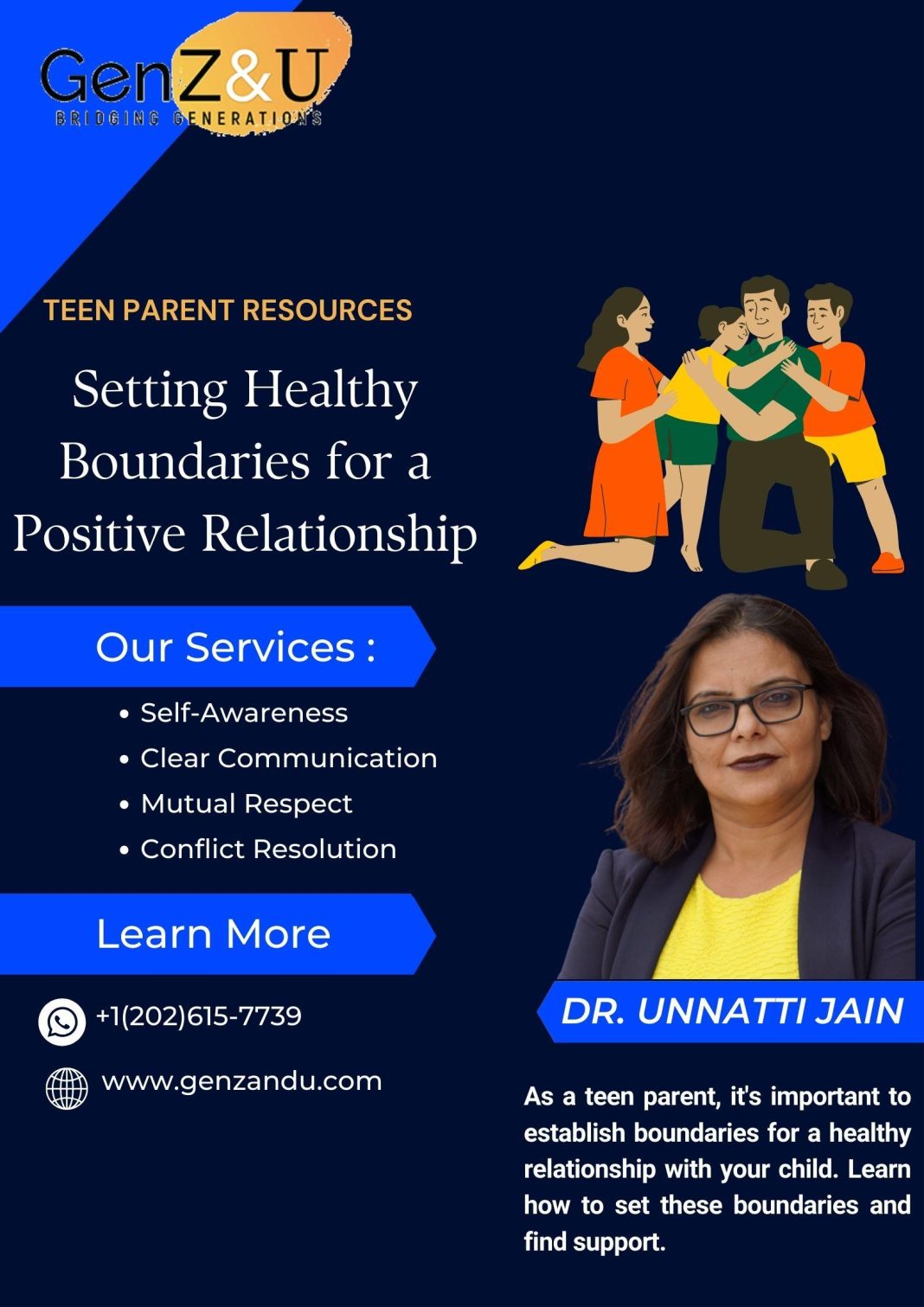In the modern era, the dynamics of communication between parents and teenagers have evolved, influenced by rapid technological advancements and shifting cultural norms. This evolution presents both challenges and opportunities for families striving to maintain open, effective lines of communication. The teenage years are a critical period marked by significant cognitive, emotional, and social development, making effective communication more crucial than ever. However, the generational gap, exacerbated by differing experiences and perspectives, often leads to misunderstandings and conflicts. This article delves into the underlying factors that contribute to these communication barriers and explores evidence-based strategies to bridge the gap. By understanding the complexities of teenage development and leveraging contemporary communication tools, parents can foster a more supportive and understanding relationship with their teens, ultimately strengthening family bonds and promoting healthier interactions.
Understanding the Communication Gap: Identifying Key Challenges
In the intricate dance of parent-teen communication, understanding the communication gap is essential. This gap often stems from a variety of challenges that can make dialogue feel more like a battleground than a bridge. Key challenges include:
- Different Communication Styles: Parents often lean towards direct and authoritative communication, while teens may prefer more informal and expressive dialogue.
- Technological Divide: The rapid evolution of technology has created a chasm, with teens often relying on digital communication that parents might find impersonal or confusing.
- Emotional Volatility: Adolescence is a time of heightened emotions, which can lead to misunderstandings and conflict if not navigated carefully.
- Lack of Time: Busy schedules can lead to rushed conversations, leaving little room for meaningful exchanges and emotional connection.
By identifying these challenges, parents and teens can work towards a more empathetic and effective communication strategy, ensuring that both parties feel heard and understood.
Developing Empathy: Bridging the Emotional Divide
Consider these practical steps to nurture empathy:
- Active Listening: Engage in conversations with an open mind and refrain from interrupting, allowing each person to express their thoughts fully.
- Role Reversal: Occasionally switch roles in discussions to gain insight into each other’s viewpoints.
- Shared Activities: Participate in activities that both parties enjoy, which can naturally lead to more open and empathetic communication.
- Emotion Journals: Encourage keeping a journal of emotions and thoughts to better articulate feelings during discussions.
By adopting these strategies, families can dismantle barriers and foster a deeper emotional connection, transforming the way they communicate.

Active Listening Techniques: Encouraging Open Dialogue
- Reflective Listening: This involves paraphrasing what your teen has said to ensure understanding. By reflecting their words back, you not only validate their feelings but also demonstrate that you are genuinely engaged in the conversation. This technique fosters a sense of empathy and can help bridge the communication gap between you and your teen.
- Open-Ended Questions: Encourage your teen to express themselves more fully by asking questions that cannot be answered with a simple “yes” or “no.” This invites them to share their thoughts and feelings in greater depth, creating an opportunity for a more meaningful dialogue.
- Mindful Silence: Sometimes, the most powerful thing you can do is to simply listen. Allow moments of silence during conversations, giving your teen the space to process their thoughts and articulate their feelings without pressure. This silent pause often encourages them to open up further.
Incorporating these techniques into your interactions can significantly enhance the quality of communication. By consciously applying these methods, parents can create a safe environment where teens feel heard and understood, paving the way for more open and honest discussions.

Setting Boundaries and Expectations: Creating a Safe Communication Space
To foster an environment where open dialogue can thrive, it’s crucial to establish clear boundaries and mutual expectations. This ensures that both parents and teens feel respected and understood, laying the groundwork for meaningful exchanges. Start by defining what respectful communication looks like for both parties. This could involve agreeing on appropriate times for discussions, acceptable language, and the importance of listening without interruptions. By setting these parameters, you cultivate a space where everyone feels valued and heard.
- Establish a “no judgment” zone: Encourage honesty by assuring teens that they can speak freely without fear of criticism or punishment.
- Create a feedback loop: Regularly check in with each other to discuss what communication strategies are working and what might need adjustment.
- Respect privacy: Acknowledge and respect each other’s need for personal space and time, which can help reduce feelings of being overwhelmed.
By proactively setting these boundaries and expectations, both parents and teens can approach conversations with a sense of security and clarity, knowing that their voices will be respected and their perspectives considered. This foundation of mutual respect not only enhances communication but also strengthens the overall relationship.



